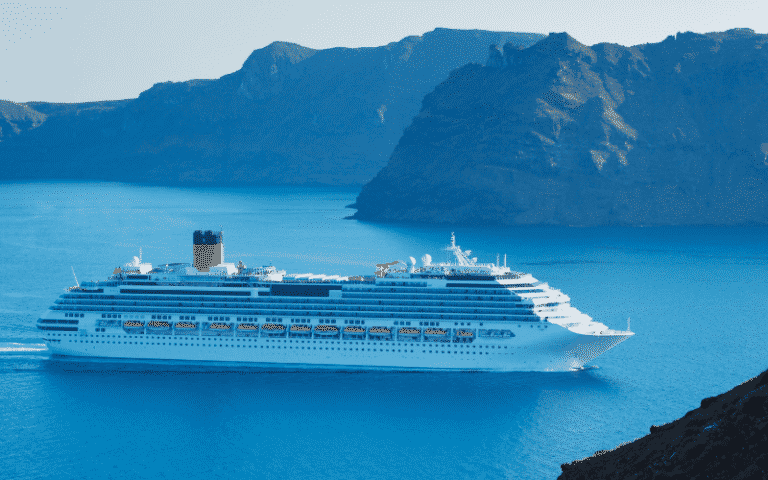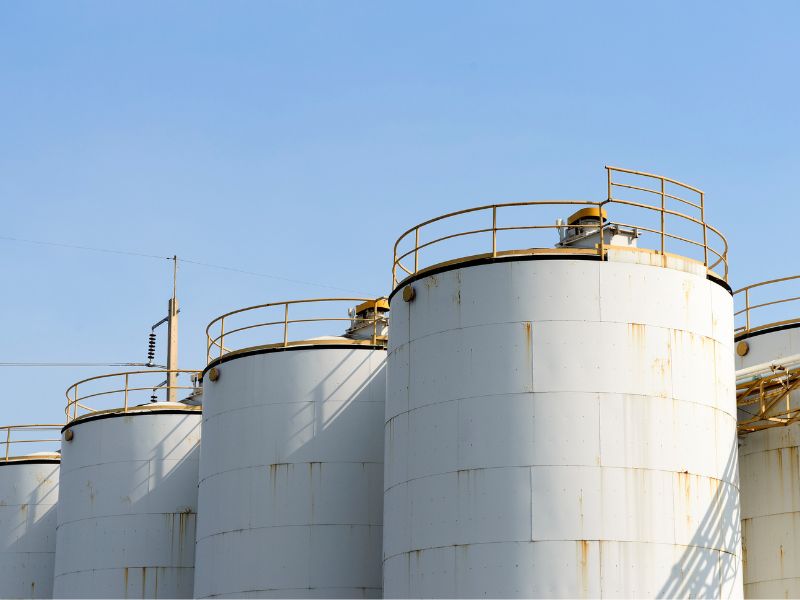Table Of Content

The biggest cruise ship at 360 meters long consumes almost double the fuel of an average vessel. Hence, fuel quality, grade, and engine efficiency are important for knowing how much fuel does a cruise ship use. The faster a cruise ship goes, the more fuel it burns because of the power required to propel the ship forward. This is one reason why cruise ships usually sail leisurely throughout your voyage. The next scheme shows the dual-engine powerplant (Wartsila) and propulsion (Azipod) of the cruise ferryTallink Megastar. This ship is the biggest "floating superstore" on the Baltic Sea, featuring a 2-deck retail shopping complex and the unique self-service option called "Q-shopping".
Understanding the Fuel Capacity of Cruise Ships
Direct access to the propulsion engine or generator engine is provided by the service tanks. Fine filters, temperature-controlling components, and other sophisticated equipment are included in the supply system. Cruise ships primarily stay near the coast, with sporadic excursions into the deep ocean. Passengers’ desire to partake in both onboard and shore entertainment at the same time is a major factor in this. So, as soon as the vessel route is established, the bunker estimates start.
Amazing Facts About the Black Sea
By adopting energy-efficient technologies and implementing sustainable practices, cruise lines can reduce the energy demands of these systems and minimize overall fuel consumption. Aside from propulsion, cruise ships require a significant amount of power to operate various systems and facilities onboard. This includes lighting, air conditioning, water purification, entertainment, and more.
Types of Fuel Used in Cruise Ships

The length of time it takes to refuel a cruise ship varies widely based on the size of the vessel and its gas tank, as well as the capacity and capability of the refueling barge. But, on average, the ratio for refueling a cruise ship is 110 tons (about 3,500 gallons) of fuel per hour. Ultimately, the goal is to enhance the cruise experience for passengers while minimizing the environmental impact. Through continuous innovation and sustainable practices, the cruise industry is working towards a more fuel-efficient, eco-friendly, and responsible operation.
Marine diesel engines
But how does she manage to maneuver if they can push in one direction only? One option is to make them bigger and more effective when maneuvering, another is to add additional mini-pods or install full-sized pods.
Can the world's biggest cruise ship really be sustainable? - Euronews
Can the world's biggest cruise ship really be sustainable?.
Posted: Tue, 30 Jan 2024 08:00:00 GMT [source]
Rolls-Royce cruise ship propulsion system "Promas Lite"
Diesel-electric engines, known for their higher fuel efficiency compared to gas turbine engines, can consume less fuel per day. Cruise lines are also exploring alternative fuel technologies, such as liquefied natural gas (LNG), to further reduce fuel consumption and minimize environmental impact. While larger cruise ships may consume more fuel compared to smaller vessels, they also have the advantage of carrying a larger number of passengers. This can result in economies of scale, where the fuel consumption per passenger may be lower compared to smaller ships.
Engine Type and Fuel Efficiency
For safe navigation in such circumstances, the majority of owners always stock their ships with extra bunkers. Manufacturers like MAN B&W, Sulzer, Mitsubishi, etc. include these curves within their manuals. The calculations are stable because the cruise ships maintain consistent patterns of sailing without load variation. With a combined crew and passenger count of roughly 1,200 and a total tonnage of 28,388, Fred Olsen’s agile, sleek Boudicca is on the smaller side of things. Boudicca uses less fuel than the majority of liners currently crisscrossing the world’s oceans, traveling at an average speed of 18.5 knots and reaching a top speed of 22 knots. If the ship is averaging 24 knots per hour all day long, then it will also go around 4,000 knots in a given week, more than enough distance to get almost anywhere before refueling.
How Much Fuel Does a Cruise Ship Use? - LoveToKnow
How Much Fuel Does a Cruise Ship Use?.
Posted: Tue, 16 May 2023 19:58:10 GMT [source]
Large cables snake through all the ships to distribute electrical power. They carry power from generators to switchboards, through passageways, public rooms, crew and passenger cabins. If the electrical cables aren't truly redundant, even ships that feature two engine rooms suffer power failure.
Propulsion Types and their Fuels for Cruise Ships
All ships are supplied with emergency generators to maintain vital electrical power. Backup generators are located higher up and also outside engine room spaces to isolate them from damage or fire. This is mainly due to the amount of fuel a large ship needs to stay afloat compared to a smaller ship.
These initiatives aim to reduce air pollution and improve the environmental performance of cruise ships. Understanding the intricate workings of cruise ship fuel is vital in comprehending the logistics and sustainability challenges faced by the industry. Cruise ships are perfect for fantastic maritime experiences, but the downside is that they are not environmentally friendly. The massive amount of diesel fuel a luxury liner needs pumps pollutants into the air, leaving a noticeable carbon footprint.
Cruise lines must balance the desire to reach destinations quickly with the need to conserve fuel and minimize costs. By adjusting the speed of the ship based on the itinerary and fuel efficiency, cruise lines can optimize their fuel consumption and maximize the distance they can travel on a single tank. A diesel-electric engine connects to generators that provide electricity to turn the propellers and power the ship’s lights, appliances, air conditioning systems and more. The most straightforward answer to this question is that small ships consume a much lower amount of fuel than large ships traveling the same distance.
Cruise companies like Royal Caribbean desire to use LNG fuel beyond just reducing a carbon footprint. The less emissive gas costs much less than diesel and sulfur-based fuels. Its lower cost and impact are why many trains, cruise, and transportation companies are making mass conversions to LNG. More often, a cruise ship will travel less than 500 nautical miles per day at average speed, depending on its route and number of stops.
Even within a single ship, the capacity of individual fuel tanks can vary, with some tanks designed to hold the primary fuel supply and others for reserve or emergency use. Cruise ships primarily use a type of fuel called Heavy Fuel Oil (HFO), a residual product from the crude oil refining process, which is cheap but highly polluting. Some newer ships are powered by Liquefied Natural Gas (LNG), which is cleaner but more expensive.
The new modular technology allows efficient and cost-effective custom-made systems to be built up from various existing and standard parts - mooring winches, anchor cable lifters, warping heads. Both self-unloading dry bulk vessels were China-built (by Chengxi Shipyard Co Ltd / subsidiary of CSSC) and scheduled for deliveries in 2021. The distance of the cruise is another important factor that influences the fuel capacity of a cruise ship. Longer cruises require more fuel to cover the greater distance, while shorter cruises may require less fuel.
The figures at 85% and above load go as high as 235 to 250 MT of fuel per day. It includes the power generation system for the generators available onboard.The boilers firing for steam generation also use the same grade of fuel. However, 80% of the fuel and more goes mainly into the propulsion of the ship. Ships' gas mileage varies depending on the type and size of ship, the number of passengers on board, and other factors. Wartsila's fuel engine package was specifically designed to reduce fuel consumption.


No comments:
Post a Comment